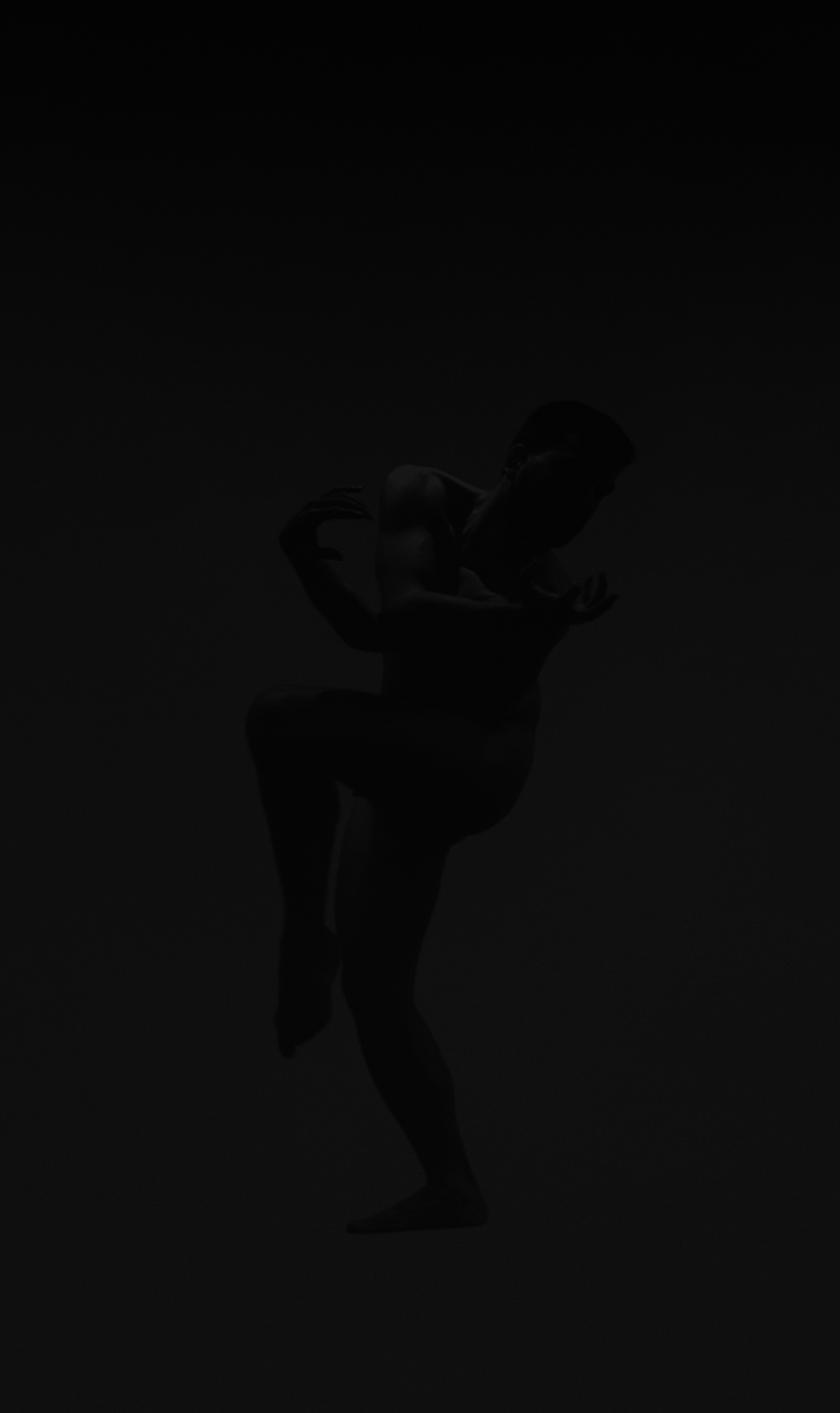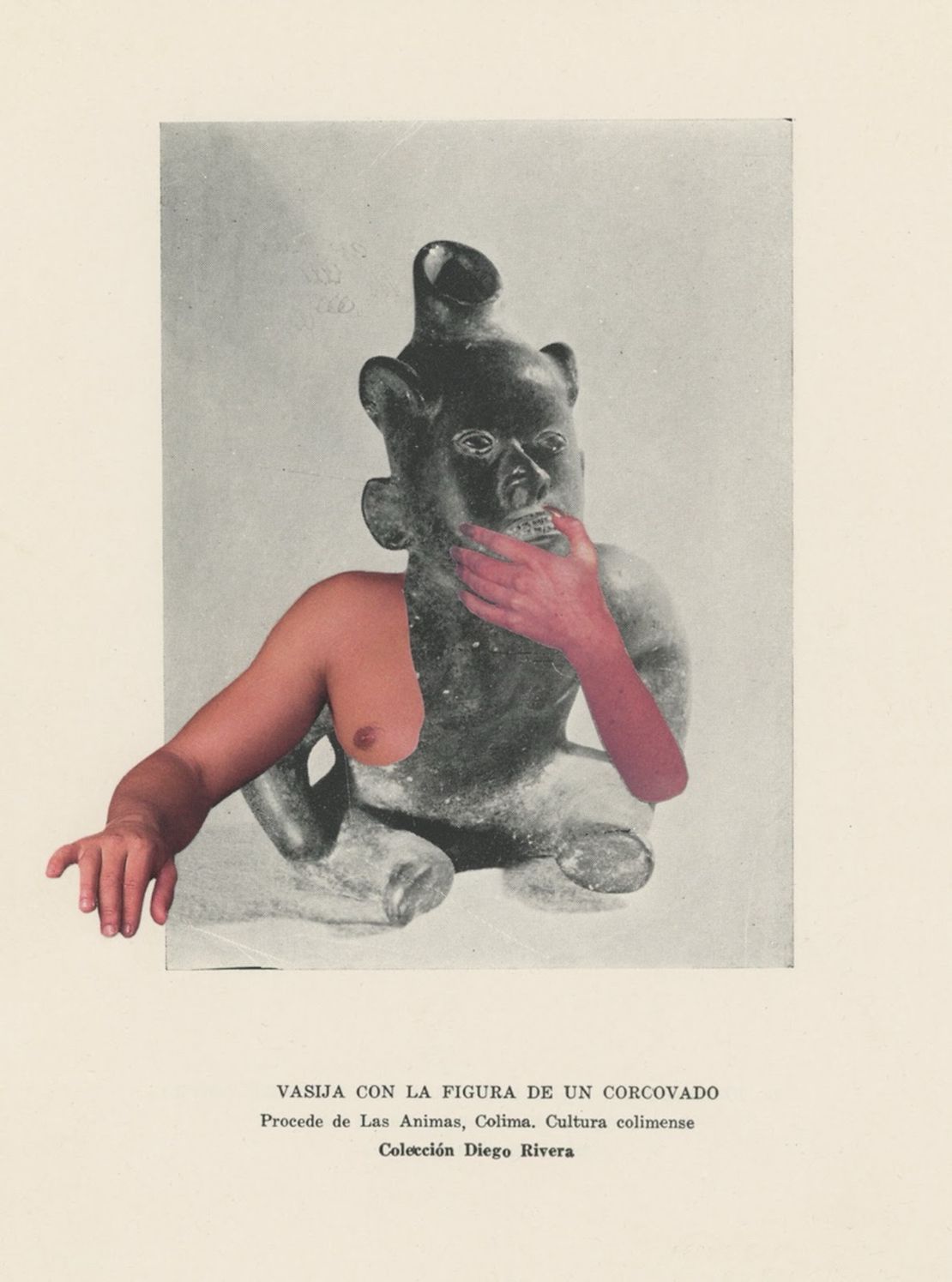Abstract
Camilo Godoy’s work is closely related to the body and cultural heritage as it examines the representation and interpretation of indigenous dances through colonial texts. These historical documents are testimonies that describe and document the bodily practices and cultural expressions of indigenous communities during the colonial period. By exploring these texts and their relationship with indigenous dances, the artwork questions the narratives and representations imposed by colonizers, revealing the Eurocentric perspective and process of cultural appropriation. In doing so, it highlights the importance of considering indigenous perspectives and voices in the interpretation and preservation of their own cultural heritage, including the valuation of bodies and bodily practices within the appropriate cultural and historical context.
“What Did They Actually See?” delves into the artist’s ongoing research, exploring colonial texts authored by anthropologists, missionaries, and white explorers that depict the dance practices of non-white communities. These writings often depict non-white individuals as lacking control and discipline. Through the installation bearing the same name, the artist presents three large-scale black and white photographs capturing their dance performances within their studio’s dimly lit confines. These images are a visual documentation of Camilo’s endeavor to embody and reimagine the dances described in the colonial texts. Godoy’s project boldly confronts the enduring impact of racist legacies, wherein the colonial gaze constructed distorted perceptions of non-white individuals that persist today. By shedding light on these narratives, the artist critically examines how these constructions resonate within our contemporary society.

